Zicke zacke, zicke zacke, hoi hoi hoi!
Slap on your lederhosen, lace up your dirndl, brush up on your German, and let the festivities begin: Oktoberfest season is here!
The first Oktoberfest began in Bavaria in 1810 with the October 12th marriage of Crown Prince Ludwig (later King Ludwig I) to Princess Therese von Sachsen-Hildburghausen[1]. The celebration was momentous not only for the union but also for the hospitable marathon of festivities that ensued. For the next five days the entire city of Munich was invited to a vast area of land spanning from local fields to the city’s gates, where they could partake in horseraces, various contests, and—of course—drinking. While this event was certainly notable for the royal families involved, the citizens of Munich equally embraced this joyous occasion, celebrating it as a triumph for all of Bavaria. In fact, the Bavarians held this event so dearly they decided to repeat the festivities in subsequent years. With this, Oktoberfest was born.
Over time the festival’s nuances have changed and evolved[2], but the basic “flavor” born in 1810 remains the same: Oktoberfest is a time when people of varying ages, backgrounds, and social classes can come together and eat, drink, and be merry in the spirit of good beer and even better camaraderie.
With its legendary status, relatively unchanged customs, wide array of food and drink items, blue and white checkered banners[3], and more recently adopted international flair, Oktoberfest has quickly become the largest festival in the world. The city preps all year to meet this increasing demand, and Munich’s six major brewers of the Oktoberfest Maerzen beer—Hacker-Pschorr, Lowenbrau, Spaten, Hofbrauhaus, Augustiner, and Paulaner—work diligently to ensure festival goers leave happier than when they arrived[4].
This year marks the 186th Oktoberfest in Munich[5], and the 2019 season spans September 21st through October 6th.
But wait, Oktoberfest in September? That doesn’t make any sense.
Although in its inception the festivities transpired mid October, Munich now annually hosts Oktoberfest in September because of its milder weather and longer hours of daylight. The merriment continues for sixteen straight days and always ends on the first Sunday in October, thus causing the majority of the celebration (depending on the year) to dip into September. So yes, the idea of “Oktoberfest” in September can be a bit confusing, but your short boots and light sweater[6] are thankfully willing to make this concession and look the other way in the name of comfort. Even with this “modern” update, the festival’s name has not changed in order to continue the tradition and legacy that honors Crown Prince Ludwig, Therese von Sachsen-Hildburghausen, and the marriage that united a burgeoning city.
And, let’s be honest: “Septemberfest” just doesn’t have the same ring to it.
Clearly Oktoberfest has become a staple of autumn in Europe, but that hasn’t stopped Americans from carving out our own slice of the fun. The US hosts countless variations of this festival annually, and beer-lovers can get their fix of German food, beer, and culture anywhere from New York to San Francisco[7]. Minnesota alone hosts a plethora of opportunities to celebrate, with the state’s largest Oktoberfest held in New Ulm, which was originally settled by German immigrants in 1854. However, there are plenty of opportunities to revel in this tradition closer to the Twin Cities, and, with our cornucopia of craft breweries and deep affinity for festivals, your next opportunity to “Oktoberfest” is just around the corner.
Last weekend Cam and I met up with friends to experience Oktoberfest at a charming German establishment in St. Paul, Waldmann Brewery. While Waldmann officially joined the Twin Cities craft beer scene in 2017, the building itself predates the Civil War. Indeed, the structure was erected in the fall of 1857, six months before Minnesota officially became a state. Notably this building served as a German lager beer saloon—Anton Waldmann’s saloon, to be precise—in a time when German lager beer was quickly gaining American notoriety and less than 10,000 people lived in St. Paul. Robust food, hearty music, and holistic family entertainment[8] made German lager saloons popular amongst Americans and differentiated themselves from the more prolific Yankee whisky bars. This was a beer Americans had never seen before, and they wanted to consume as much of it as possible.
Born in Kleinostheim, Germany in 1823, Anton Waldmann was a shoemaker by trade with a sad family history and a desire to own his own land. Inspired to make his dream a reality, he emigrated to the United States in May, 1853 where he eventually met his German wife and came to settle in St. Paul. Waldmann’s time as a saloon owner was short-lived (1857-1863), but his brief tenure was certainly profitable in a time when St. Paul had twelve breweries, ten of which only brewed lagers because Temperance supporters (falsely) thought it contained less alcohol and city ordinances were consequently less stringent.
This legacy continues into the modern day, and Waldmann’s 2017 revival marks the first time the building has been reopened in 154 years. After years of careful research and dedicated restoration, the City of St. Paul officially designated the building as a Heritage Preservation Site in 2015. Fortuitously, this occurred at the same time the City Council adopted a new Historic Use Variance process that allows historic buildings to be used for their original purpose: In this case, a German lager beer saloon.
True to its roots, Waldmann Brewery developed its logo from Anton Waldmann’s original trade-stencil and has worked to integrate the building’s rich history into every facet of a beer lover’s experience. The business pays homage to Anton’s innovative spirit with a definitive appeal for modern consumers looking for something authentic and different. The establishment, which proudly advertises “brews, bites, and a bit of hindsight,” celebrates its legacy and brings history to the forefront by highlighting its custom hand-blown glass windows, antique pinewood floors, original wood stoves, and various period photographs. These foundational elements are just as crucial to the brewery’s appeal as the beer, defining Waldmann as something wholly different, unprecedented, and exceptional.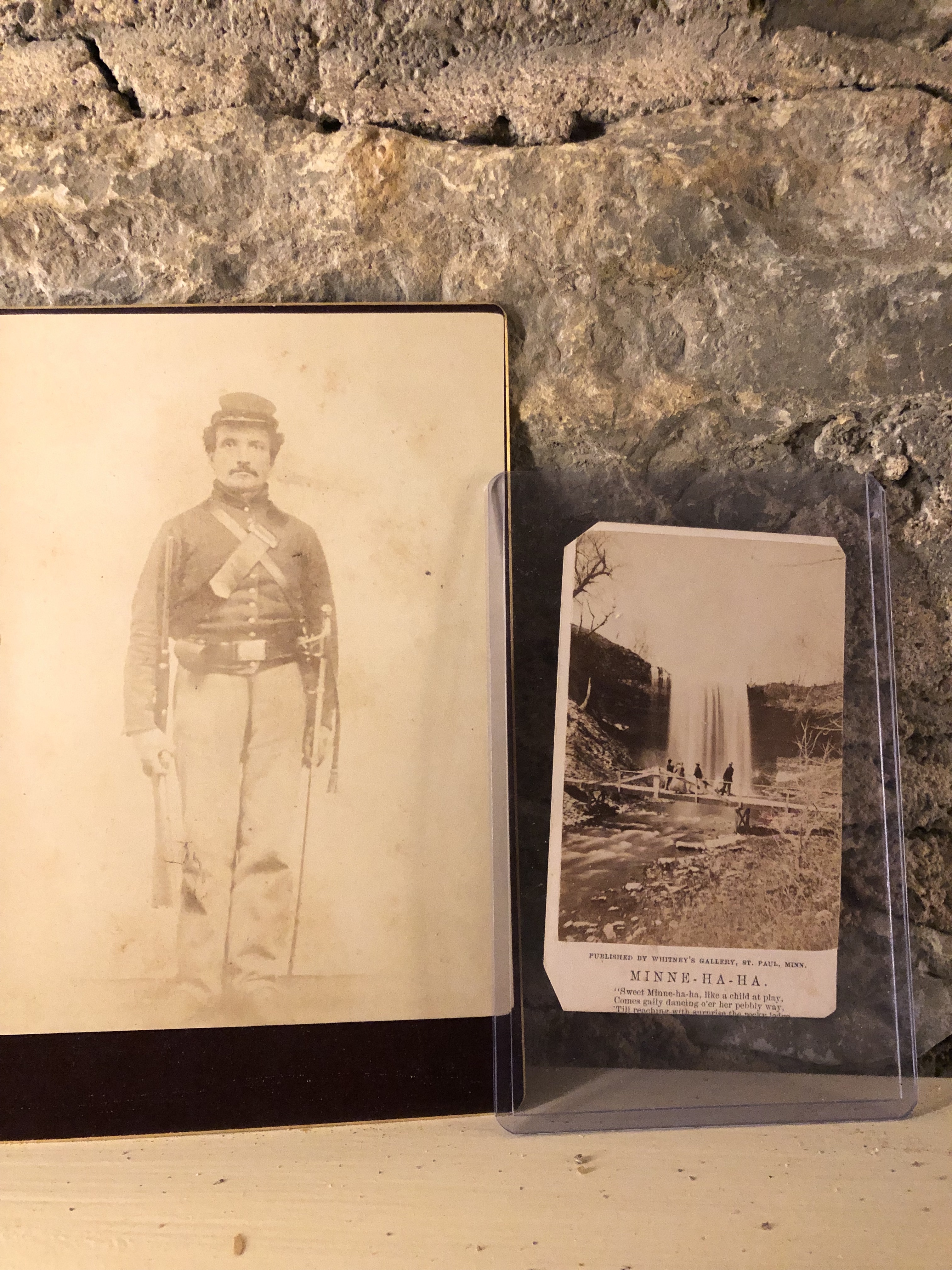
Waldmann Brewery honors its original brewer’s intentions by offering a variety of German beers including dunkel, bauernbier, kölsch, pilsner, amber weizen, and oktoberfest[9]. To complement these authentically German brews, Waldmann hosts a robust menu featuring wursts, sauerbraten, pretzels, and strudel. The Oktoberfest festivities celebrated this traditional fare by pairing it with live polka music, authentic dress, and the long community tables typical of German beer halls.
Shortly after arriving we did a perimeter sweep to take in the ambiance before heading upstairs to find a cozy spot to chat and enjoy our German selections. Waldmann’s top floor is practically dripping with charm and character, and we found a little table nestled between an original stove oven and a limestone bookcase that house period-piece memorabilia. There we chatted, enjoyed our beer, and admired our surroundings while still indulging in the outdoor merriment by peering through the hand-blown glass windows and looking down at the crowd below. The accordion played oom-pah-pah-oom-pah-pah while families socialized and couples danced polka: Certainly not a bad way to spend a Friday night.
Everything Waldmann has to offer—the delicious food, homebrewed German beer, and impressive historical legacy—only highlights the vibrancy and vivacity Oktoberfest embodies. What a wonderful way to celebrate the willfully steadfast power of community and toast its ability to withstand decades of change across various generations and continents. Somehow the tradition lives on—the legacy lives on—and even 200 years later people of varying backgrounds come together every October to sing, dance, eat, drink, and be merry, celebrating life and raising a glass to its profound beauty and adaptability.
And to that I say: Prost!
[1] A nice French girl, clearly.
[2] In fact, in its recent years Oktoberfest very much adopted an agricultural component to educate the general public and draw attention to new local offerings. Call it the German Minnesota State Fair, if you will.
[3] Speaking of blue and white: Known for its eye-catching blue-violet blooms, the “Cornflower” is Germany’s national flower and has been since the early 19th century thanks to its Prussian blue coloring. Much like an Irish claddagh ring, it was common for men and women of this time to signify their marital status by donning a blue cornflower in their buttonholes. In this way, the cornflower has come to symbolize romance and inspiration. I certainly experienced this inspiration while selecting this patriotically perfect crayon color that is not only beautiful but also thematically perfect for this post!
[4] In this vein of production, here’s a fun fact: This same type of Maerzen beer was served at the Crown Prince’s royal wedding in 1810. Back then, locals brewed the beer in March and lagered or “refrigerated” it in caves for 10-12 weeks so it was ready to drink by late summer or early fall. What tremendous forethought: There’s definitely something to be said for German-style planning!
[5] Despite its initial founding in 1810, catastrophes such as war and outbreak of diseases like cholera have caused cancellations for several years throughout Oktoberfest’s history.
[6] (As opposed to your winter galoshes and goose-down parka.)
[7] “Francisco. That’s fun to say!”
[8] Notably, women and children were always welcome.
[9] I recommend the dunkel, bauernbier, kölsch, pilsner, amber weizen, and oktoberfest.
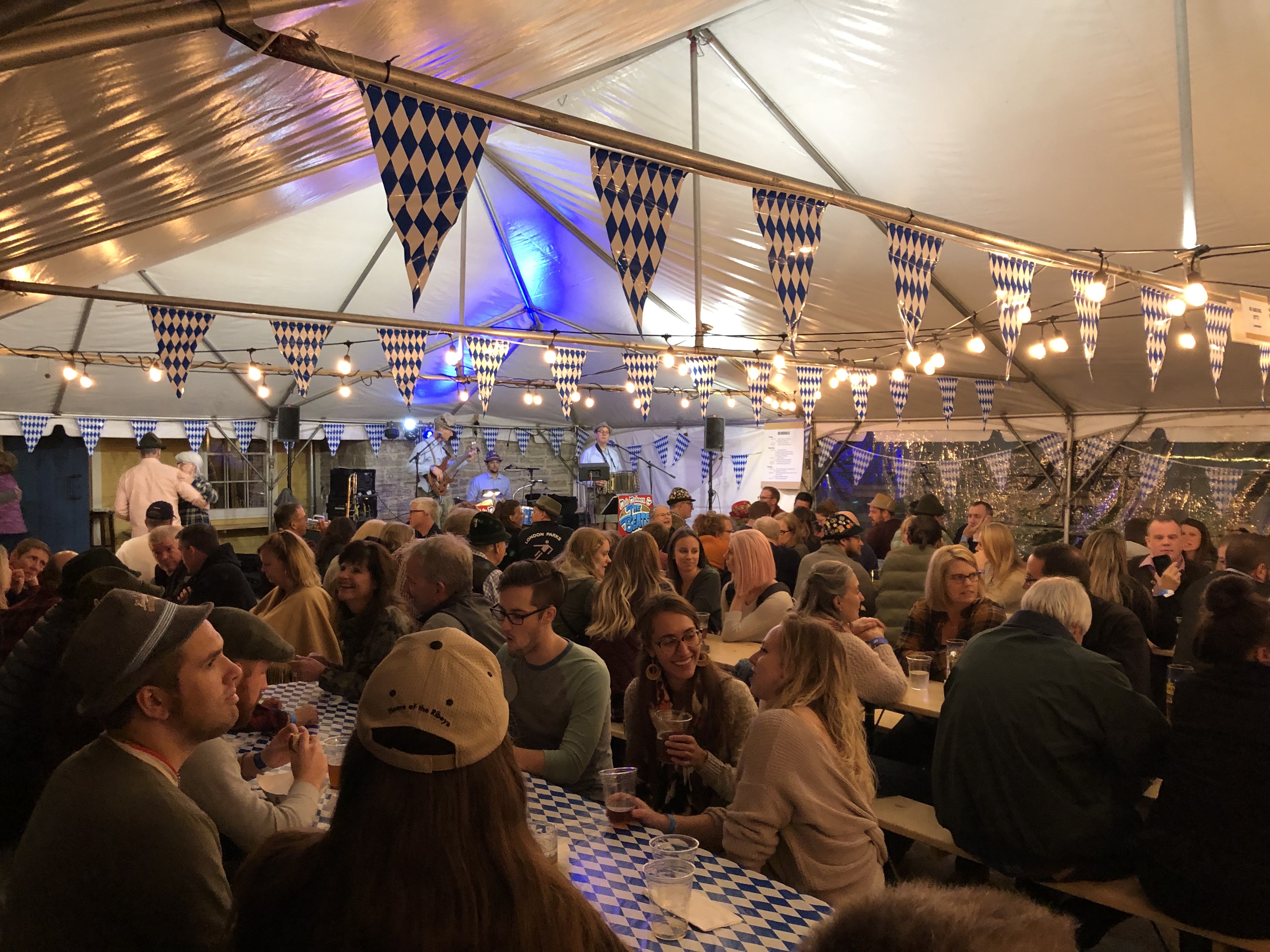
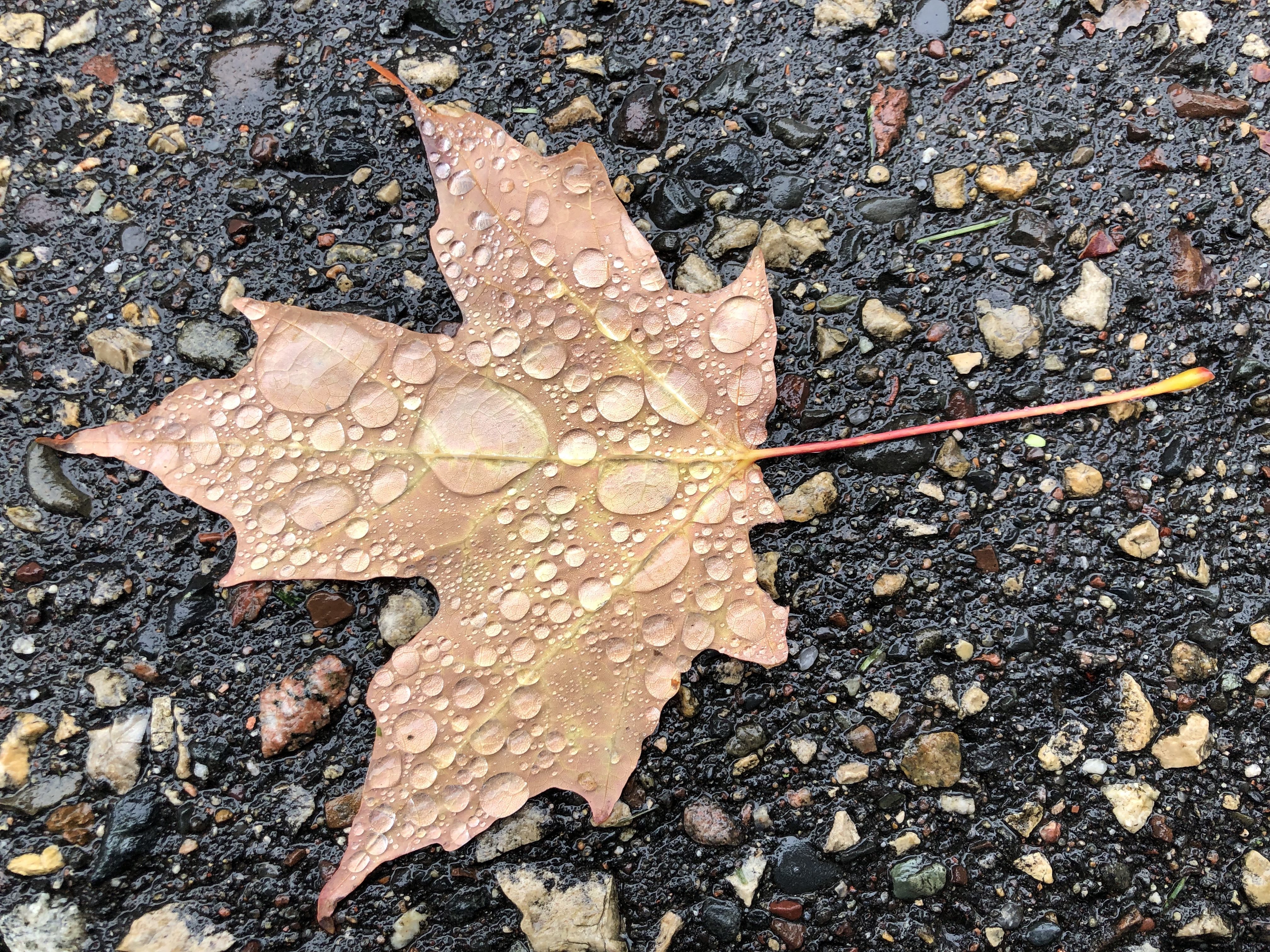
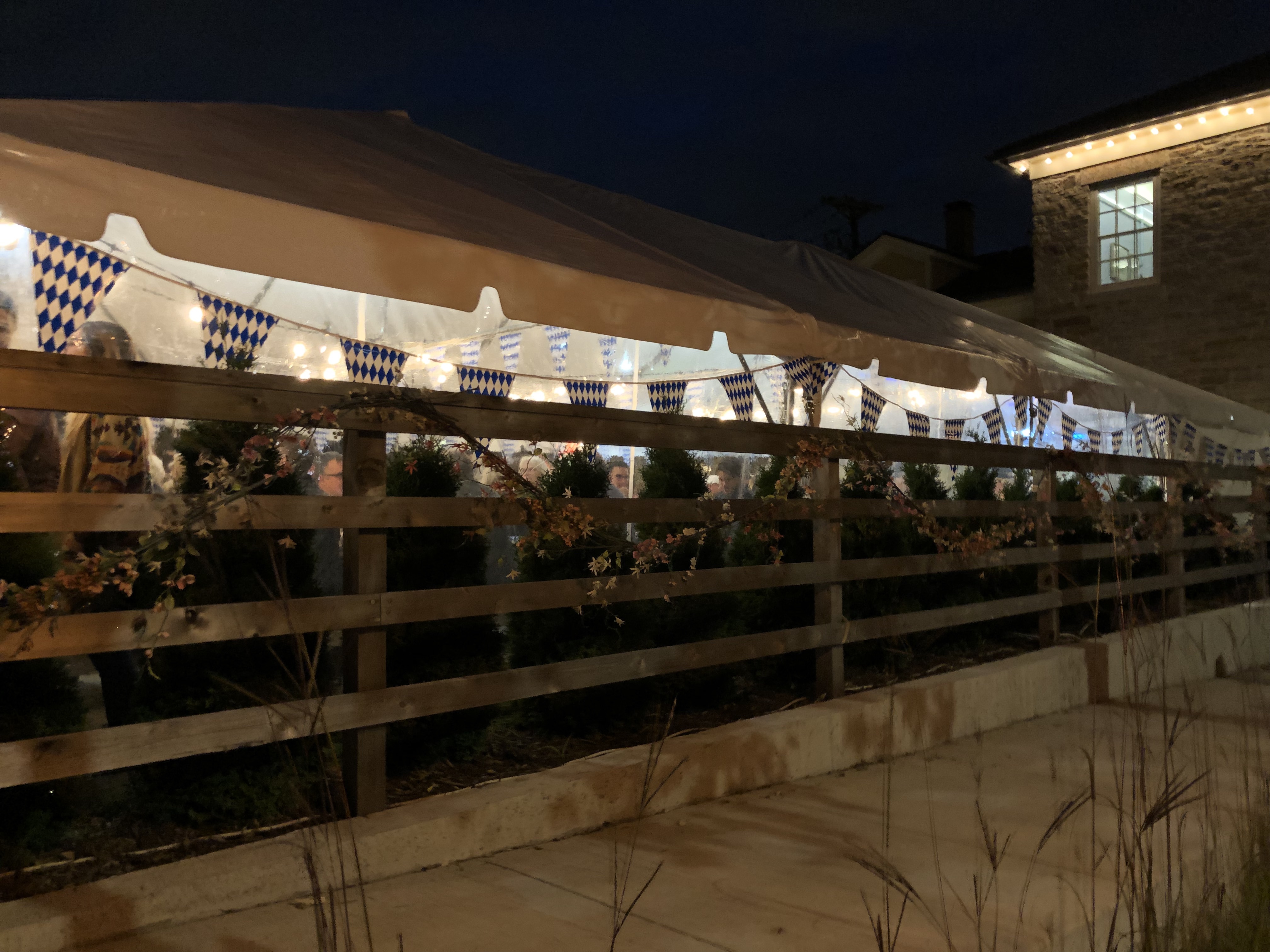
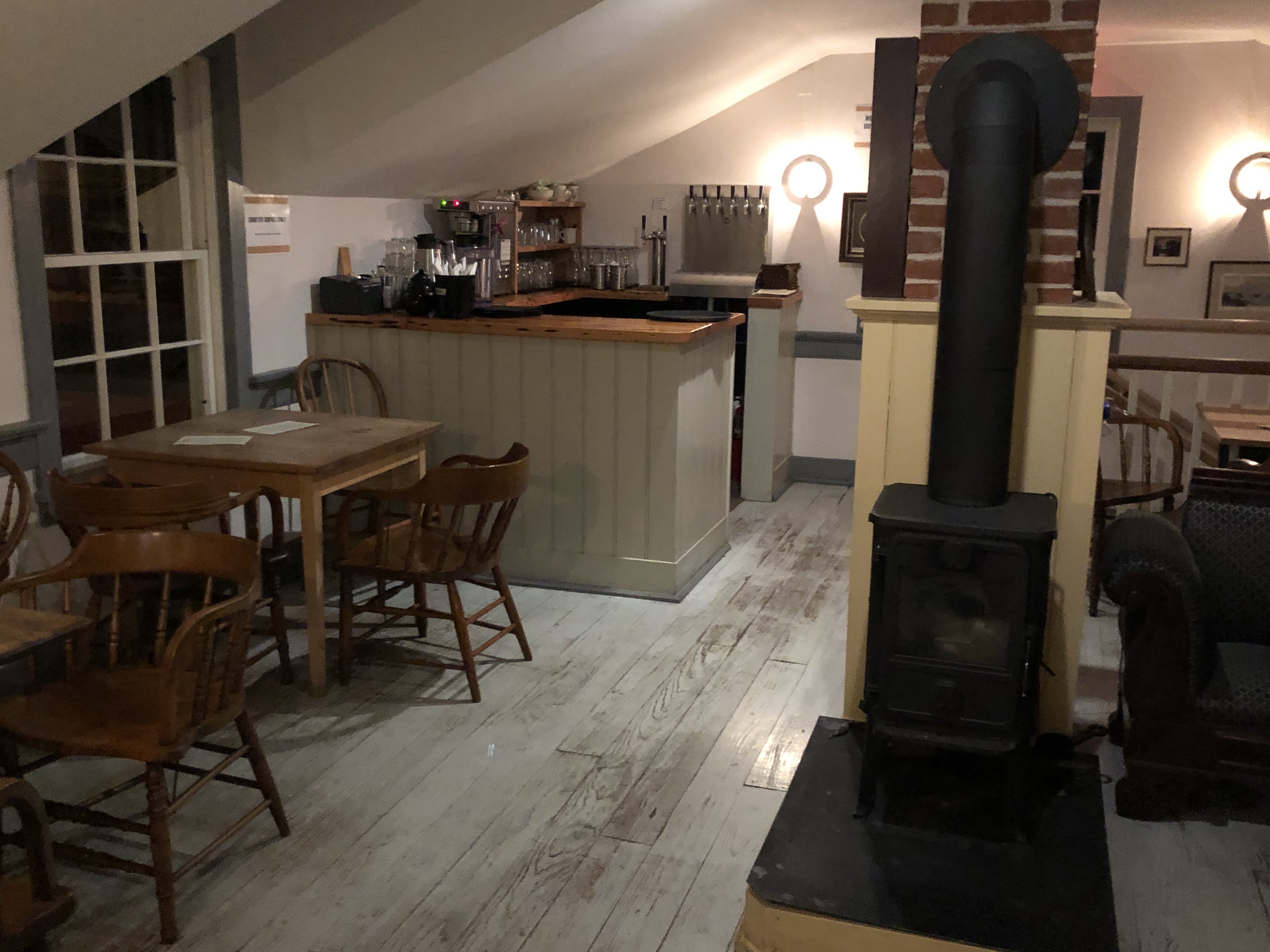
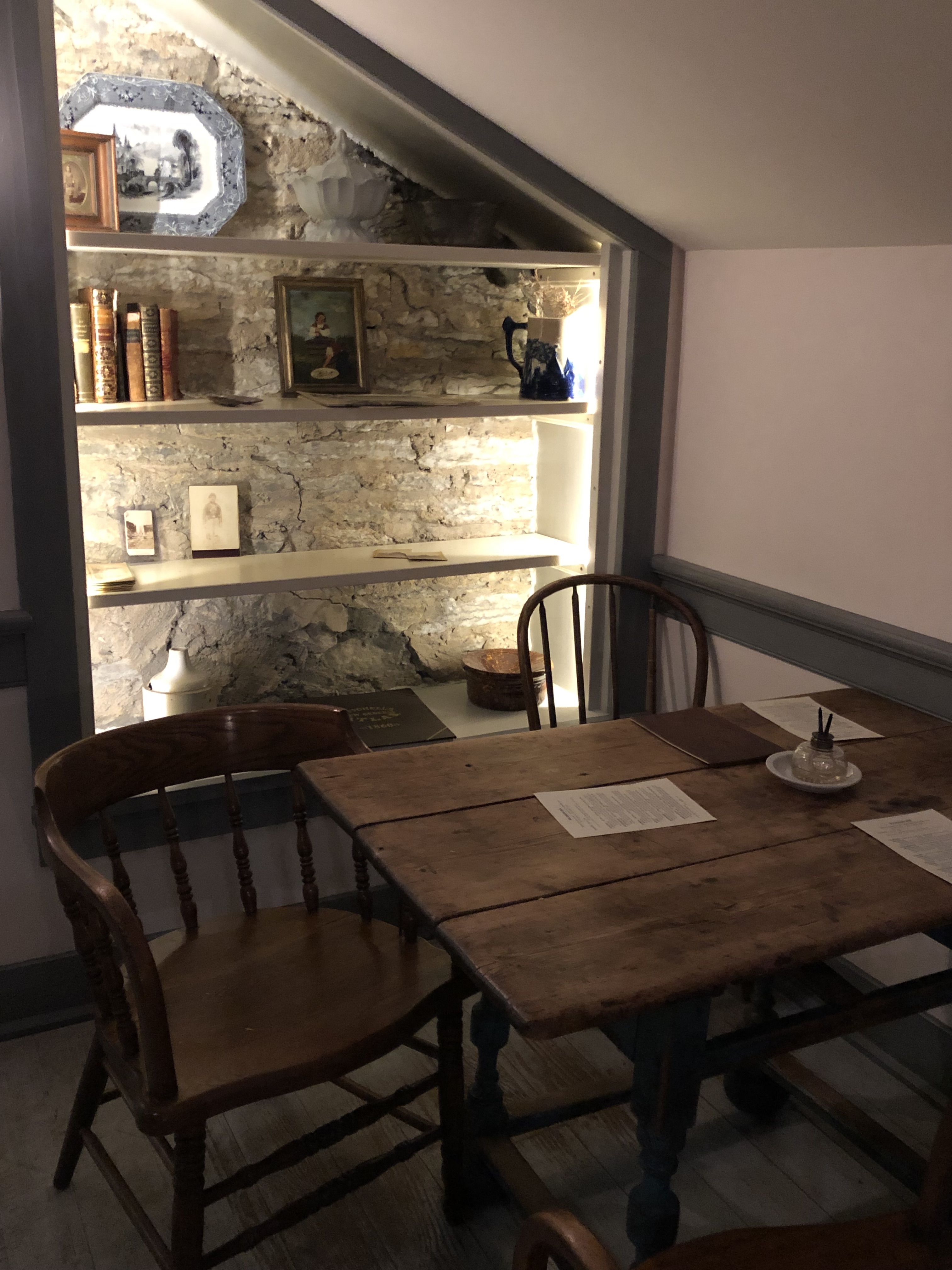


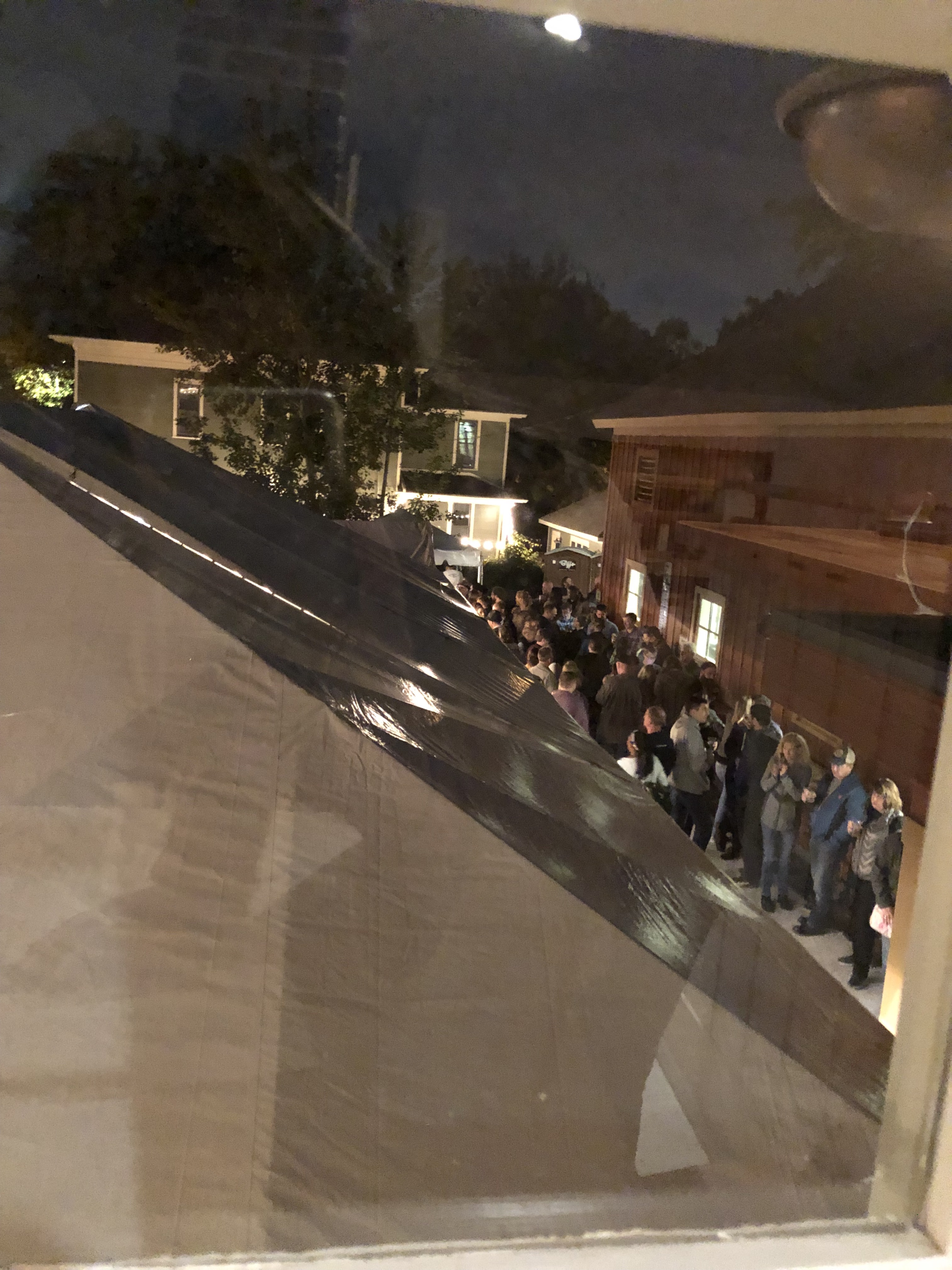
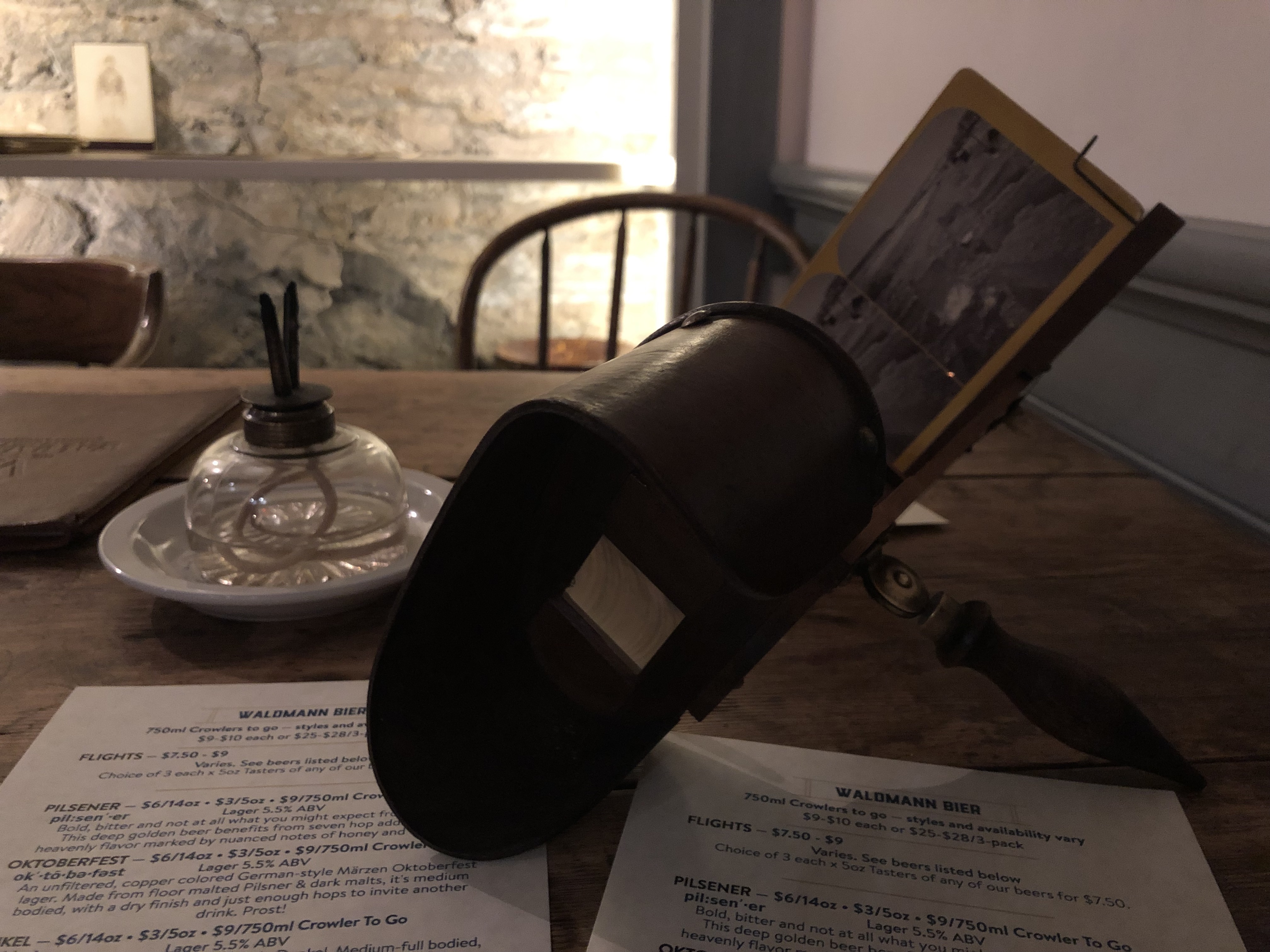
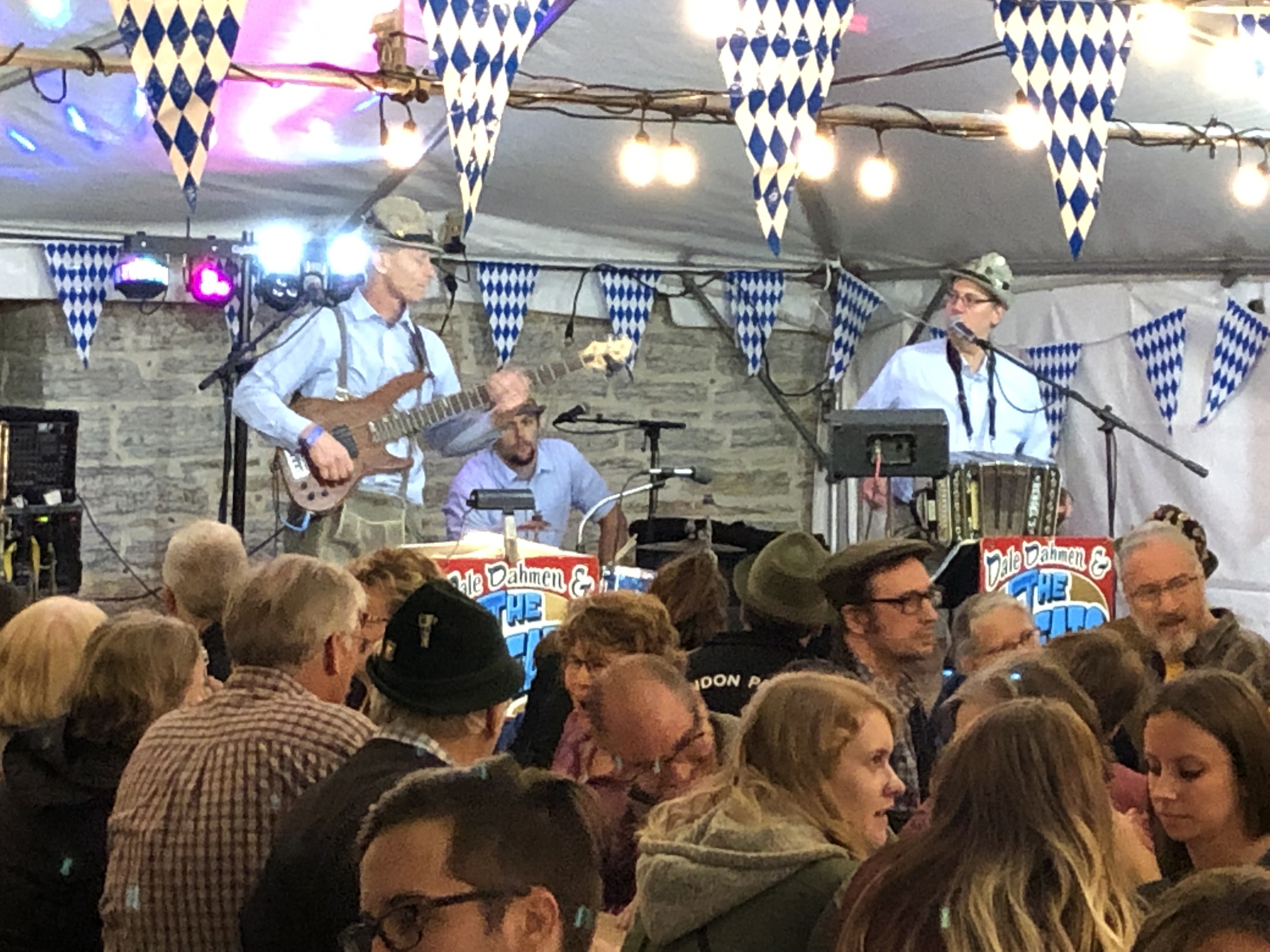

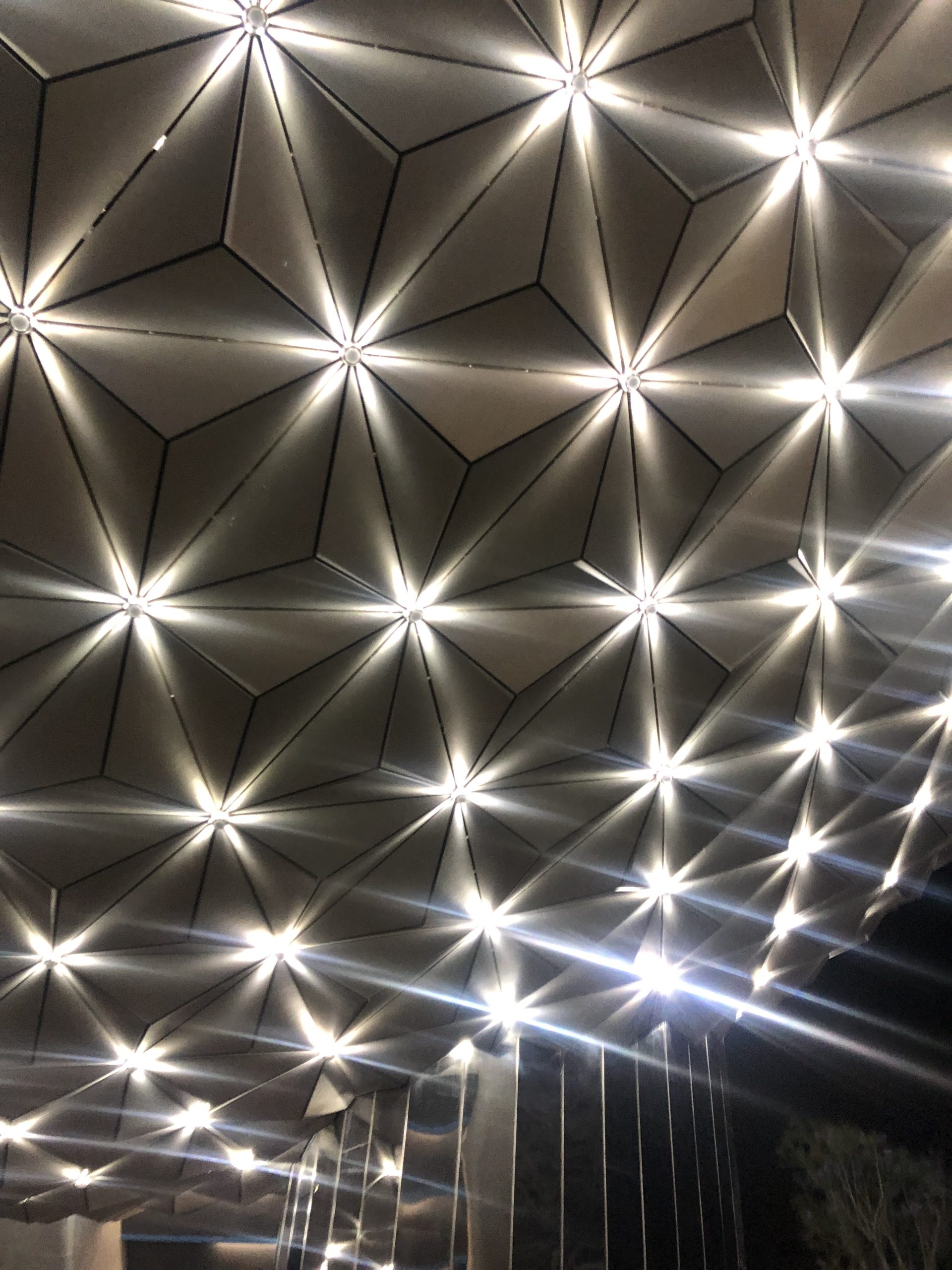

Comments are closed.